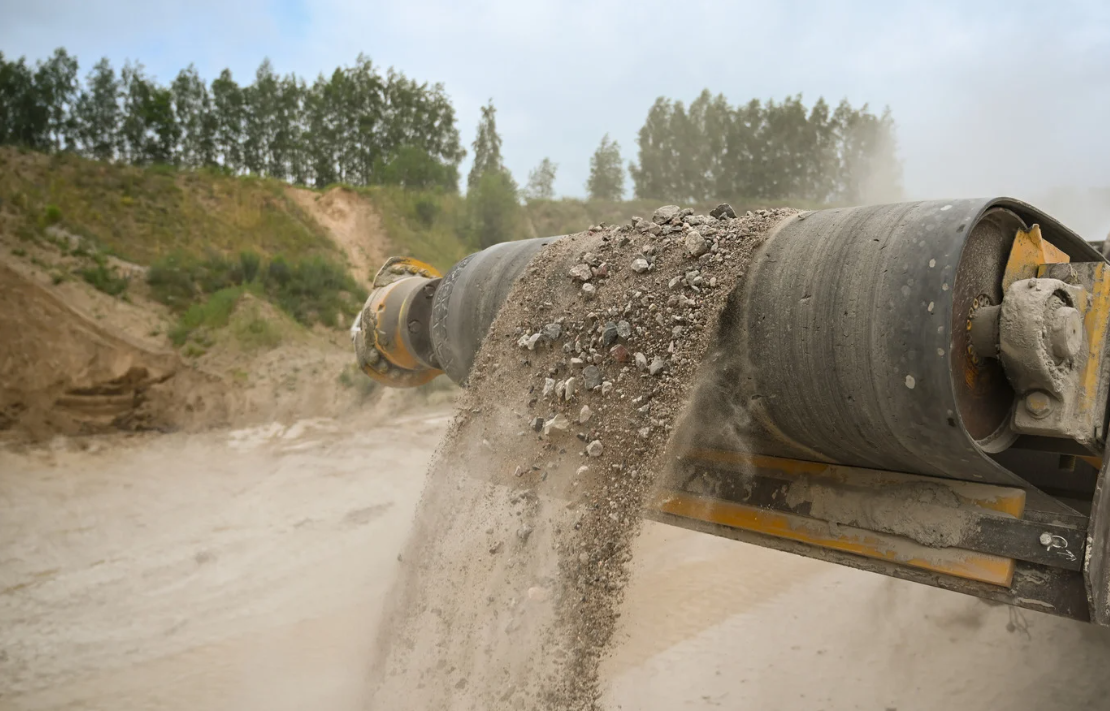How Belt Conveyor Systems Boost Manufacturing Productivity

On most factory floors, keeping work moving smoothly is harder than it looks. Products don’t just need to reach the next station — they have to arrive at the right height, the right speed, and without extra handling that wears people out. That’s why many production teams rely on manufacturing conveyor belts to take over the repetitive transfers that slow things down. Instead of operators lifting, twisting, or pushing heavy loads all shift, the belt sets the pace so people can focus on accuracy and finish quality. In practice, this creates a steady rhythm where bottlenecks are less likely to flare up, and output holds closer to schedule. Whether you’re assembling components, packaging goods, or handling raw materials, belts often become the quiet structure that keeps everything flowing in sync.
Why belt conveyors lift real-world throughput
A belt that disappears into the background is doing its job. The goal isn’t top speed; it’s steady speed that protects the product and feeds the constraint resource consistently.
-
Balance: short accumulation zones absorb micro-stops without starving key stations.
-
Protection: gentle transfers and guides cut scuffs, misfeeds, and jams.
-
Repeatability: standard belt speeds make training and changeovers simpler.
-
Visibility: photo-eyes and counters surface where time actually slips.
From there, pacing should follow takt rather than push the line. In one plastics operation, a small infeed buffer before a heat sealer shaved away the stop–start pattern that frustrated everyone on the floor. The improvement wasn’t dramatic to the naked eye; it just removed the jitter. Operators stopped hovering for the next tray and focused on doing their station well.
Design choices that keep the flow steady
The quickest gains usually come from getting the fundamentals right.
-
Belt material: rubber for grip and durability; modular plastic for easy cleaning and quick repairs; PU where hygiene matters.
-
Transfers: tight nose-bars for small items; side guides to keep irregular shapes within the belt’s sweet spot.
-
Heights and access: lift-gate or walk-through sections prevent step-overs and awkward reaches that slow people.
-
Drive and tension: correctly sized pulleys and consistent tension avoid premature wear and drift.
I’ve had good results phasing changes in: first, add accumulation where starvation shows up most; second, simplify transfers that cause “fiddle time”; finally, document standard speeds and sensor setpoints so the line starts the same way every shift. The result isn’t flashy. It’s the absence of friction.
Safety and ergonomics are built into everyday tasks
Flow doesn’t last if the work itself is uncomfortable. That’s why ergonomic thinking should sit inside the conveyor plan from the beginning — cutting down on lifts, reducing pushes, and setting heights that match real bodies. Over time, even small frictions add up. A swap from dragging bins to guided belt handoffs removes that shoulder-bracing motion that creeps back after breaks.
Practical belt features that support this approach include:
-
low-friction feeds so operators guide, not shove
-
nose-bars that shrink transfer gaps and stop catches
-
lift-gate sections that prevent awkward step-overs
-
side guides that keep irregular parts stable in transit
These adjustments align closely with established conveyor belt safety precautions, which focus on reducing strain and awkward force before they become injuries. In one food packaging cell I worked with, installing a short belt to bridge a tricky height change eliminated the last heavy push. Operators ended shifts fresher, and the line’s pace held steady without those nagging pauses.
On-site setups when space is tight
Compact work areas can still flow. The trick is sequencing: bring infeed close to the point of use, let a small buffer do the pacing, and give rework its own path so it never sits on the main run.
-
U-shaped cells: load and unload within a single comfortable reach envelope.
-
Serpentine accumulation: when inspection time varies, a meander buys the seconds you need.
-
Parallel benches with a merge belt: two moderate stations beat one heroic station that alternates between rush and idle.
-
Dedicated reject spur: keep good product moving while pulled items wait for decisions.
These simple adjustments are easier to visualise when looking at how a building site conveyor belt adapts to limited space. The same logic applies indoors: thoughtful positioning reduces wasted movement and keeps the line breathing evenly.

Controls, data and gentle standardisation
Even basic sensors turn belts into a measured system rather than a gut-feel exercise. Photo-eyes at the infeed and outfeed quantify starvation and blockage. Short counters reveal which zone coughs first when things wobble. That’s the signal to adjust buffer size or tweak speeds. Keep adjustments light: small speed changes, simple dwell tweaks, and clear recovery steps after a stop. Document the start-up sequence so the first ten minutes of the shift look the same every day. A line that starts clean tends to stay tidy.
Final thoughts
Belt conveyors aren’t a headline feature on the factory floor, but they’re often the quiet reason a line runs smoothly. When they’re matched to the product and designed with comfort in mind, they take friction out of the day’s work and give teams space to focus on quality. The same principle applies when loads are heavier or environments are harsher — material choice and reinforcement become just as important as layout. That’s why insights drawn from the performance of a heavy duty rubber conveyor belt are useful, showing how certain designs hold up under stress without slowing output. The details may differ between a mine, a warehouse, or a packaging line, but the thread stays the same: the right belt makes the flow predictable, and predictable flow is what drives productivity.







